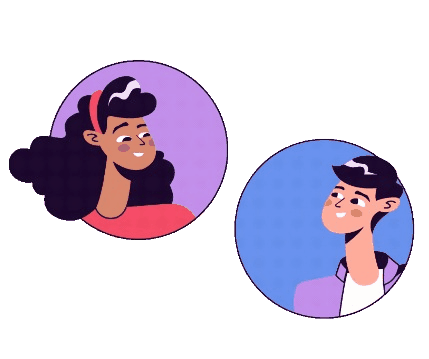
Got a Question?

Don't see your questions answered below?
We're only a call away!
Frequently Asked Questions
Ever wonder why our edible spoons cost more than plastic? We're in the exciting early stages of reinventing how utensils are made! Our custom-built robots and specialized machines (think Willy Wonka meets high-tech factory) are crafting these sustainable spoons with incredible precision. While these cutting-edge systems weren't cheap to develop, they're the key to making our eco-friendly utensils more affordable as we grow. Think of it as an investment in tasty innovation that's helping kick plastic to the curb!
We are diligently conducting product testing at the moment. When we have forks and knifes that can successfully cut through pork chops or beef steaks - We will be sure to let you know! Follow us on social media to be kept updated!
We base our creations on traditional recipes for hard tack. These are biscuits that last for years and used in wartimes and by sailors who are at sea for years.
For the best tasting experience, you may keep our spoons chilled in the fridge but are encouraged to consume within 3 weeks upon receiving them. We bake a fresh batch for each order to guarantee freshness!
Crunch Cutlery is crafted from eight different sources of multi-grain fiber, providing a nutritious boost. It is blended with vegetable shortening, coconut oil, and delicious flavors such as strawberry, pandan, and gula melaka to create a satisfying taste.
Our cutlery is quite the tough cookie! It'll stay firm and ready for action for up to 20 minutes in hot liquids, and up to 50 minutes in cold snacks like ice cream, yogurt and cereal. Plenty of time to enjoy your meal!
Using it with drinks? You've got a solid 35-minute window. Once you're done, you can either eat your utensils (yes, really!) for a crunchy dessert or let them return to nature. How's that for a sustainable finish to your meal?
Meet our Singapore-inspired flavor family! 🇸🇬
Our tried-and-true favorites:
Sweet-sweet Strawberry
Classic Pandan (tastes like home!)
Rich Coconutty Gula Melaka
But wait, there's more! We love getting creative in the kitchen, and our experimental collection is blooming with:
Orchid - Singapore's national flower, obviously!
Aromatic Thyme
Tangy tomato
Asian classic Red Bean
answer
